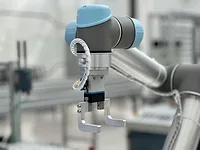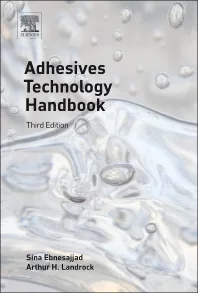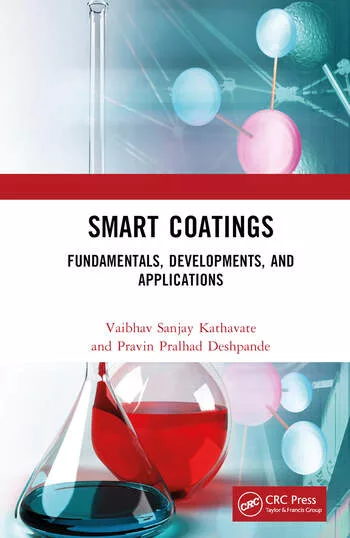Revolutionizing Aerospace Maintenance and Repair
With Selective Plating Technology

The aerospace industry is a dynamic and innovative field with significant technological advancements over the past few decades. From the development of composite materials to the use of advanced computing systems, it’s constantly evolving to meet the demands of the modern world.
The High Cost of Corrosion Protection
Corrosion is a significant concern in aerospace due to the harsh environmental conditions an aircraft will face. Atmospheric moisture, high altitude, and temperature changes are some environmental conditions that can cause corrosion more quickly. The industry constantly faces challenges in the battle against corrosion, as these conditions can cause structural damage, reduce the performance of critical components, and compromise safety. Additionally, the cost of material maintenance and the expense of corrosion mitigation drives up the overall cost of aircraft and spacecraft.
Aerospace structures are often complex and have many different materials, making them difficult to inspect and maintain. This complexity makes detecting and addressing corrosion promptly challenging, leading to potential safety issues. With a highly regulated industry, consistent inspections and maintenance, including corrosion prevention measures, are a necessity. The equipment must be faultless and an indispensable requirement in the aerospace sector. Companies are turning to selective electroplating to ensure optimal performance of corrosion-prone components.
Achieving Precision and Efficiency in Component Coating
Selective plating technology is a process that involves the application of a metal coating onto a specific area of a component. Masking materials are used to cover the areas of the component that do not require plating. The unmasked area is then plated using electroplating. The process is beneficial in the aerospace industry as it can be used to repair or refurbish critical components that are difficult, costly, or impossible to replace. This can include components that are no longer manufactured, or components that are too expensive to replace.
One of the significant benefits of selective plating technology is that it can extend the component life of critical parts, reducing maintenance costs and improving the overall reliability of aircraft. The ability to enhance the performance of components by applying a coating that is more resistant to wear and corrosion is also why many industries, including aerospace, are turning to it.
Reducing Manufacturing Downtime
The challenge of manufacturing downtime is that it results in a loss of production capacity and revenue, which can have significant implications for a company's bottom line. The impact of downtime can be particularly severe for businesses that operate in highly competitive markets, such as aerospace, where production delays can result in missed delivery deadlines, lost sales, and dissatisfied customers.
This is why manufacturers must implement robust maintenance procedures, adopt predictive maintenance technologies, and continuously monitor and optimize their production processes to minimize unplanned downtime. This is where selective plating technology can come into its own, helping to repair aircraft components, such as landing gear, flap tracks, and engine parts. It can also improve engine performance by applying coatings that are more resistant to wear and corrosion. As the aerospace industry continues to evolve, selective plating technology will only continue to be an increasingly important tool in the maintenance and repair of an aircraft.
Electroplating and Anodizing Through SIFCO ASC's Customized System
The Advanced Solution Control System (ASCS) by SIFCO ASC is an innovative electroplating technology that boasts cutting-edge dripless tooling. This means that all chemical solutions used in the process are recycled back into the system right at the surface of the workpiece, eliminating the need for catch trays. The dripless tooling also allows for an area of the aircraft to be plated in any orientation – flat, vertical, or above the technician’s head. This, in turn, creates a cleaner and more environmentally friendly working environment while also enhancing safety measures.
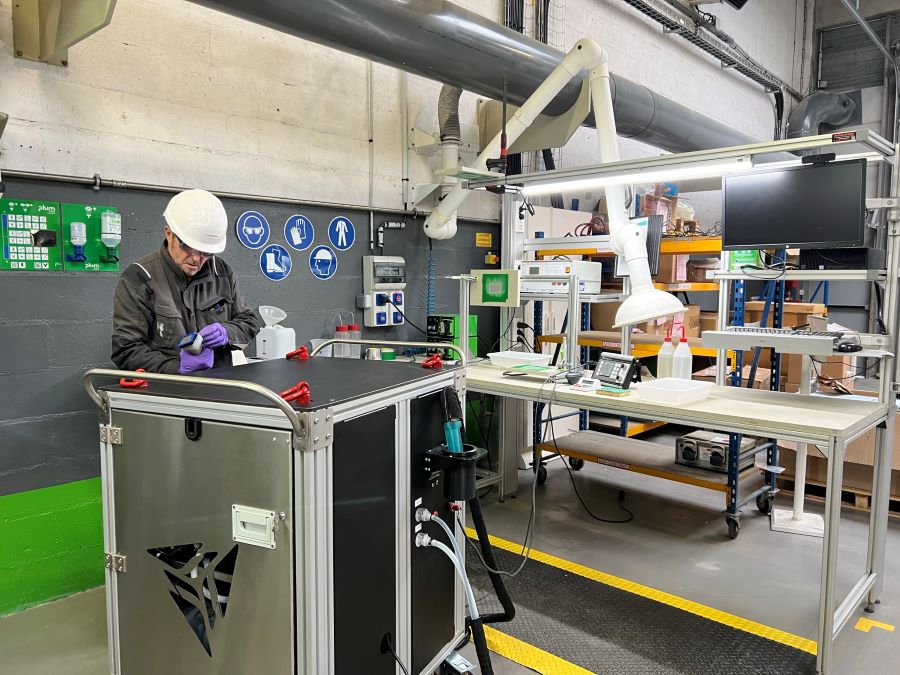
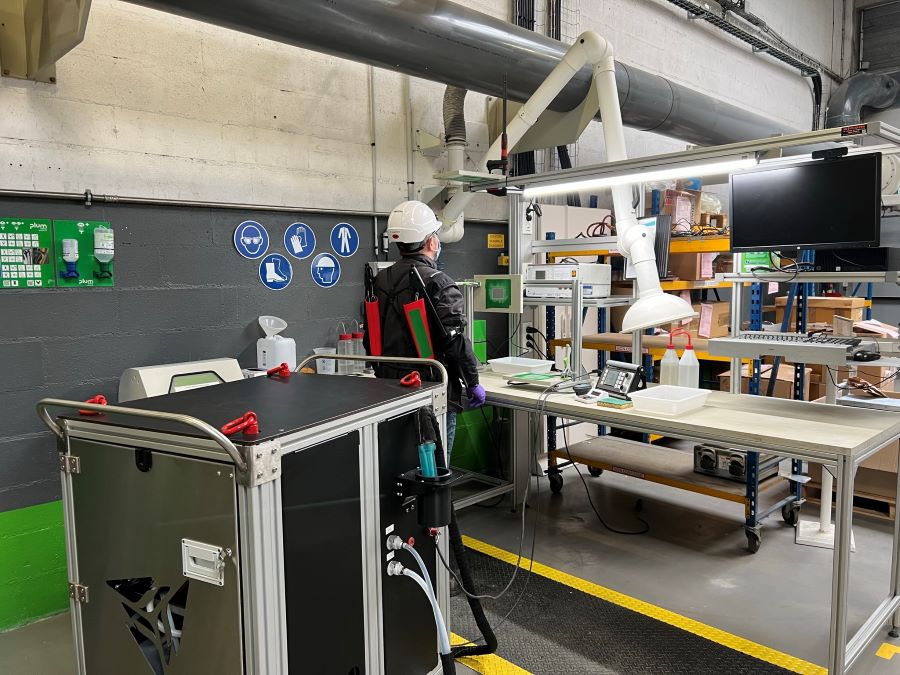
Moreover, this portable technology can be taken directly to the part or component that requires electroplating, thus enhancing throughput and productivity. The reduced ergonomic risk also presents significant safety benefits for operators and employees. These advancements have led many technicians and engineers to abandon traditional surface finishing methods and adopt dripless plating.
SIFCO ASC’s turnkey operation can seamlessly integrate into a production line, allowing businesses to eliminate shipping costs and scheduling issues associated with external vendors. Having complete control over the quality of the plated parts, with accurately controlled and consistent deposits, and coatings requiring minimal operator involvement, for instance. Unlike typical tank plating lines that require large chemical volumes, brush-plating technology significantly reduces solution volumes necessary for operation, minimizing environmental and safety concerns within your plant.
To learn more about selective electroplating in the aerospace industry, read the company’s whitepaper here: https://www.sifcoasc.com/aerospace/whitepaper.
*All images courtesy of SIFCO ASC.
Looking for a reprint of this article?
From high-res PDFs to custom plaques, order your copy today!





